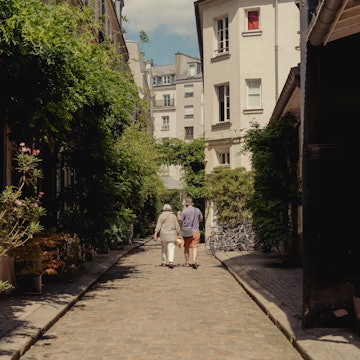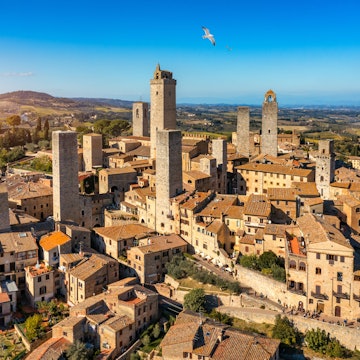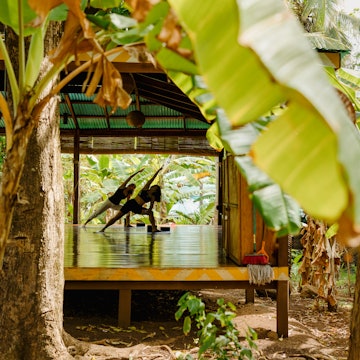

Capo Testa. Majonit/Shutterstock
Gallura is where Sardinia lets its wild side run riot. In the island’s northeast, boulder-scattered hills and dense forests of holm oak, olive, pine and myrtle trees roll down to a coast that makes you gasp out loud. Castaway coves, wave-whipped promontories and dune-flanked sands ease into the gloriously blue Strait of Bonifacio. The Maddalena island archipelago and Corsica are just a white-tipped wave away.
You’ve no doubt heard all about the A-list beaches of the Costa Smeralda (Emerald Coast), but Gallura’s real beauty shines when you stray beyond the beach to time-lost villages, vineyards producing Vermentino white wines with the salty tang of the sea and off-the-radar agriturismi (farm stays) where cicadas strum and porceddu (suckling pig) crackles over an open fire.
In Gallura, granite rock has been whittled into form by elemental forces over millennia. Sardinia scooped up UNESCO World Heritage status for its prehistoric funerary traditions, and Gallura in particular is one big treasure hunt for anyone who cares about ancient civilizations. Tour the silent hinterland to find domus de janas (rock-cut fairy tombs), tombe dei giganti (giants’ graves) and Bronze Age nuraghi pulsing with the mysteries of the past.
This guide will get you started on when to go, what to see and how much it will cost to reach Gallura's untouchable magic.
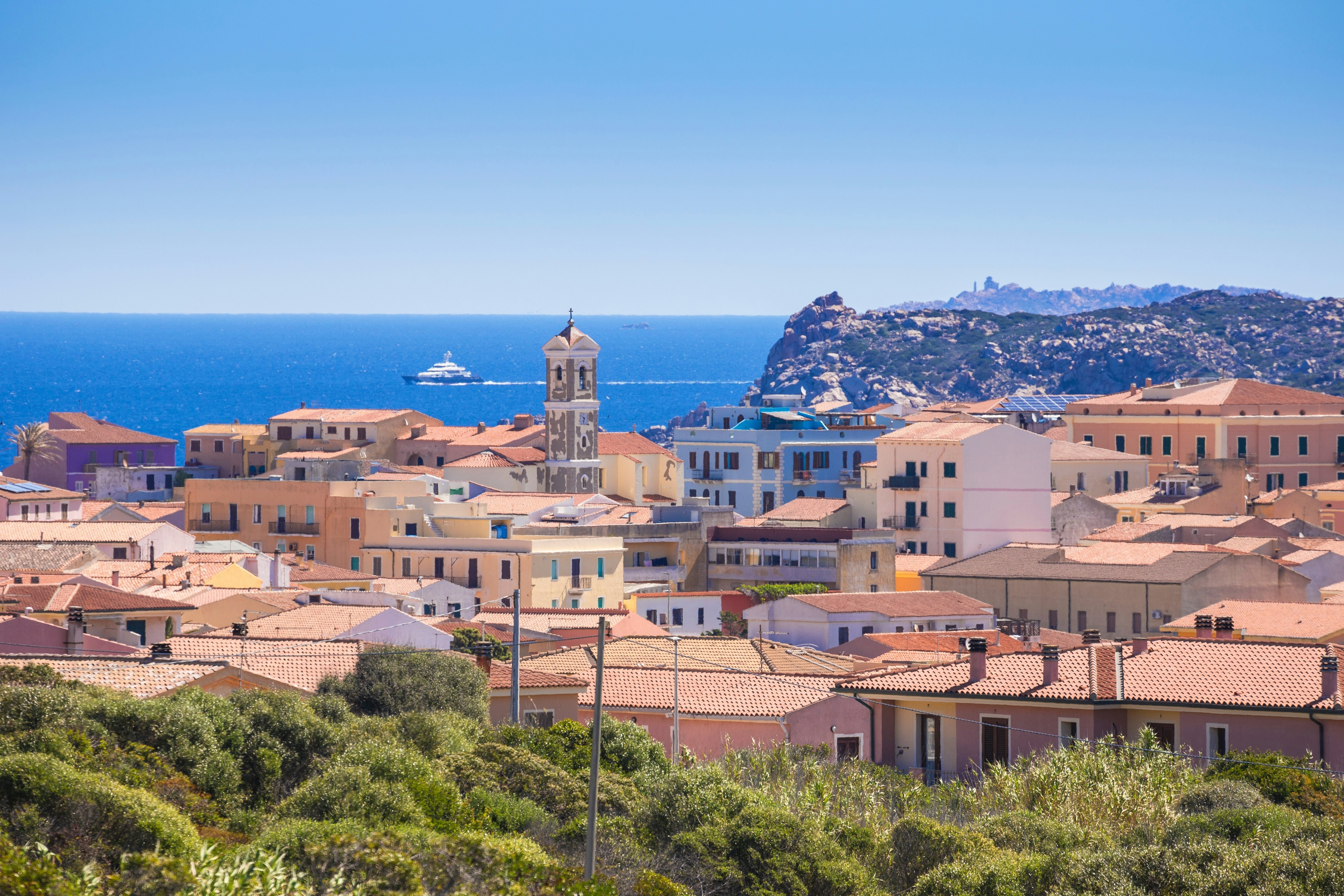
When should I go to Gallura?
You might think that summer is the best time to visit Sardinia, but islanders and insiders know that spring in Gallura is lovelier still. April and May are terrific months for seeing the north coast's blossoming golden mimosa and purple jacaranda trees. The sea is still a tad chilly, so mild air temperatures of between 18°C (64°F) and 25°C (77°F) make this a brilliant time for hiking, cycling and exploring prehistoric sites instead. The light is crisp, and skies are often flawlessly blue – the odd rain shower aside.
Everyone makes a mad dash to the spiaggia (beach) in summer. Crowds swell in July and August, when temperatures reach up to 35°C (95°F) and roads are at their busiest. Beaches are packed and water sports are big business in the high season; find diving, boating, windsurfing, kayaking and stand-up paddleboarding around north coast hubs like Palau and Porto Pollo. Don’t turn up without booking accommodations in advance. Stray inland, however, and you’ll find more shade and a tranquil vibe at off-the-beaten-track agriturismi where the dominant sound is the rush of the breeze through juniper, cork and holm oak trees.
Crowds thin in autumn, a quieter season for walking, biking and slowly touring Gallura’s coast and countryside. The weather is similar to spring, but the sea has had all summer to warm up. It’s a fine time for a food tour: earthy flavors like cinghiale (wild boar) pop up on menus, and tastings of crisp Vermentino whites and beefy Cannonau reds occur among the freshly harvested vines. In November, tourism dries up – flights stop and ferries slow to a trickle.
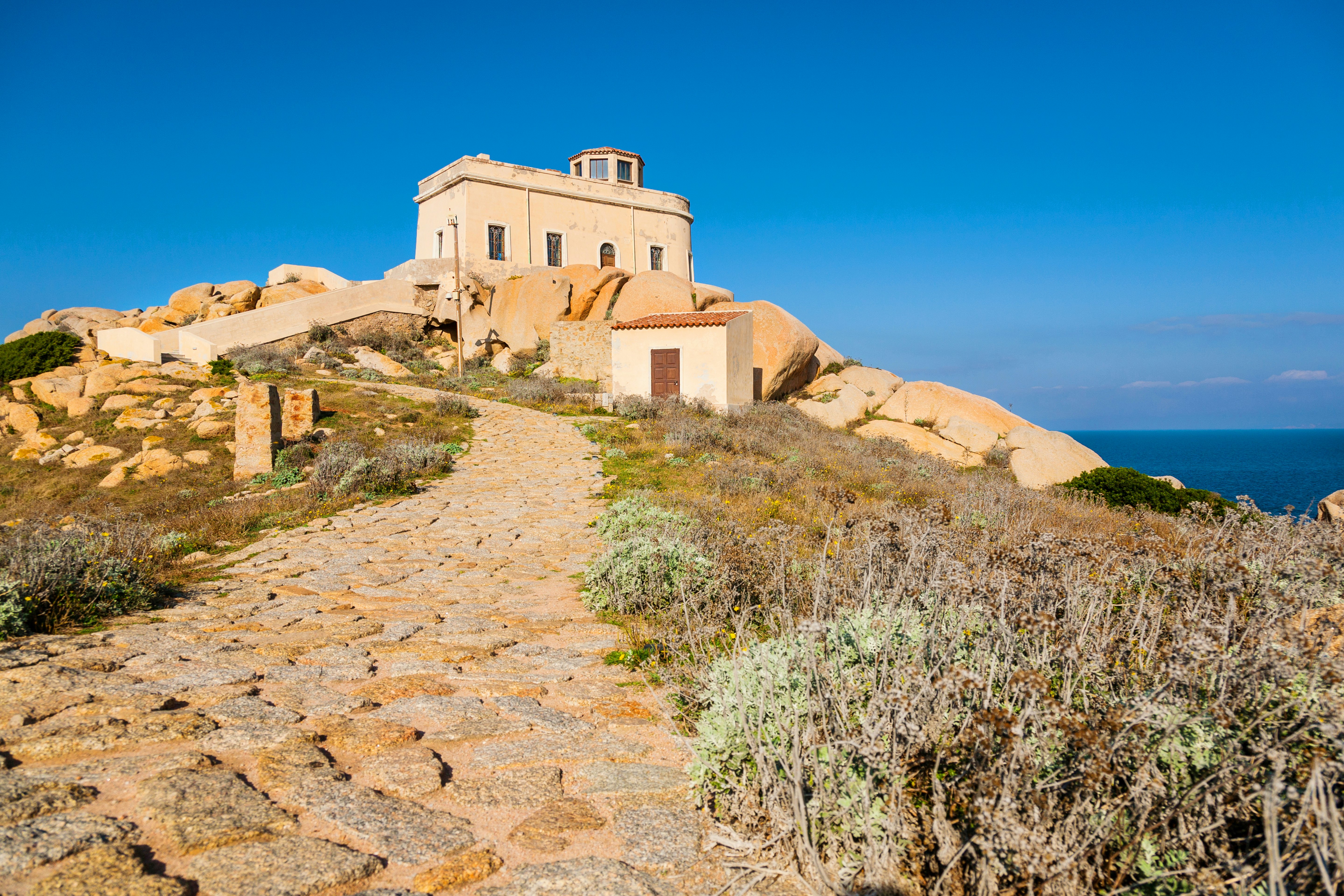
How much time should I spend in Gallura?
You could skim the surface of Gallura in a few days, but frankly the region is too good to rush, and you’ll wish you had booked longer.
Pressed for time? Use Olbia as your springboard for a long weekend, dodging the peak summer season when everywhere is rammed. With a few days at hand, stick to the northeast coast, reachable within half an hour of Olbia. Factor in beach time on the rosemary-scented coves of the Costa Smeralda, prehistoric encounters at nuraghi and tombe dei giganti in the countryside around Arzachena, and wine tastings and vineyard strolls at Vigne Surrau.
Devote a week or two to Gallura and you’ll be very glad you did. You'll have ample time to switch up days lounging on ravishing beaches with road-tripping into the interior – to the boulder-strewn, lunarlike Valle della Luna, for instance. Venture through thickly forested hills to traditional villages like carpet-weaving Aggius, once the haunt of bandits, and Bronze Age wonders like Nuraghe Izzana. Back on the coast, you’ll find water sports in Palau, boat trips to the pink granite Parco Nazionale dell'Arcipelago di La Maddalena and a fantasy of weather-beaten granite rocks at wild, lighthouse-topped Capo Testa.
Is it easy to get in and around Gallura?
If you’re flying, you can easily reach the region from the airport in Olbia, which links up to London (flight time: 2 hours, 30 minutes) and a raft of other European destinations. Airlines include easyJet, Ryanair, Jet2 and British Airways. Flights run roughly from April to October, picking up pace during the peak summer months. Keep an eye out for deals in the shoulder seasons.
With more time on your hands, arriving by boat is a breezy, scenic option. Grimaldi Lines and Moby Lines run ferries between Olbia and Civitavecchia or Livorno on the Italian mainland; the journey time is around 7 hours and 30 minutes in both instances. Ferry services peak between mid-June and mid-September. Moby Lines also operates several daily crossings from Santa Teresa Gallura to Bonifacio in Corsica, with a journey time of 50 minutes. Delcomar boats whiz from Palau to La Maddalena in just 20 minutes. Services are half hourly.
Don’t be fooled - Gallura (like the rest of Sardinia) feels bigger than it appears on the map. ARST buses join the dots between major towns, but really you’re going to need your own wheels – either bike or car – to get around the island and properly explore the historic sights, tucked-away bays and remote hill towns. Good Mood Cycling in Santa Teresa rents mountain, touring and e-bikes.
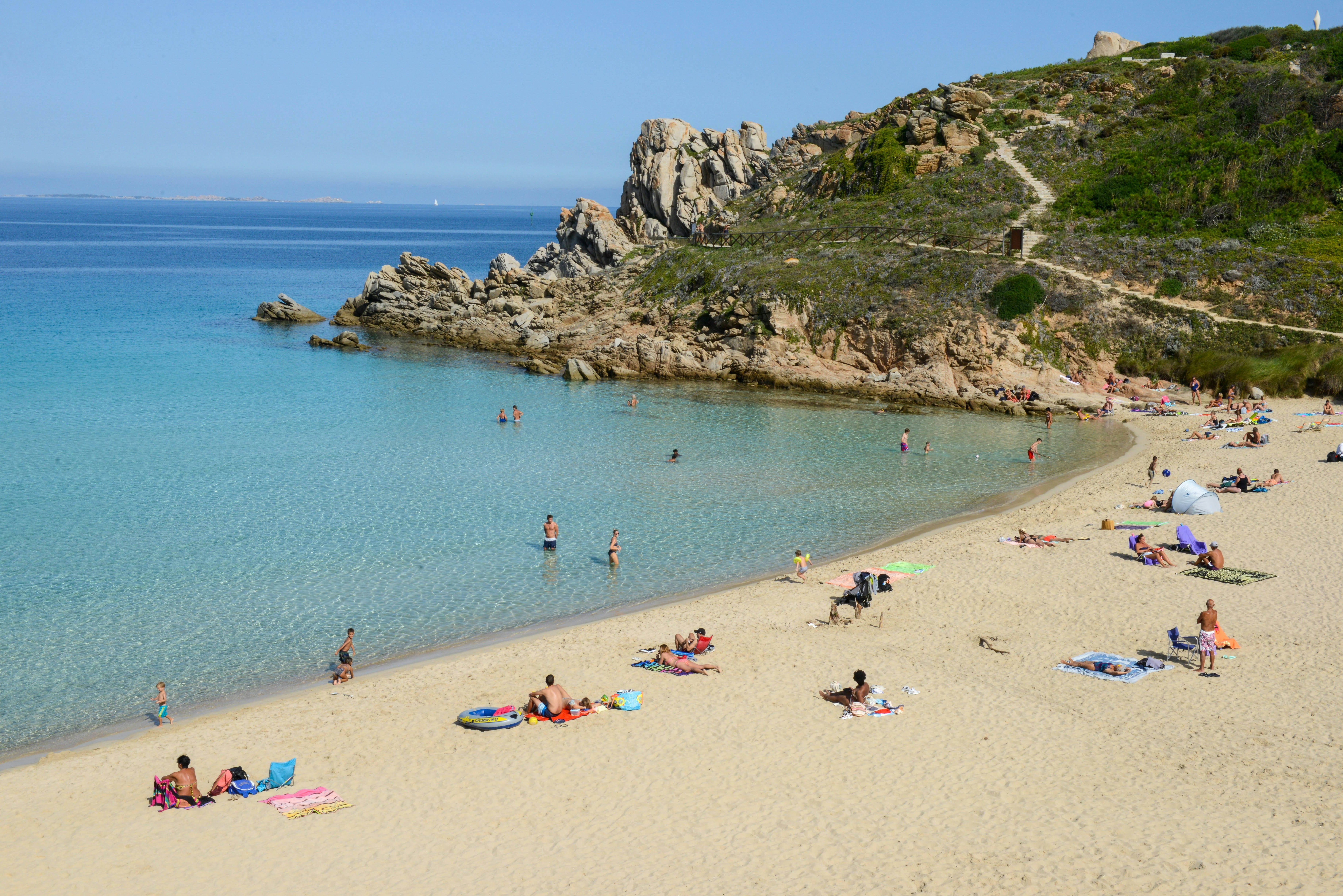
Top things to do in Gallura, Sardinia
Climb Bear Rock
Get up bright and early before the heat rises to hoof it up to Roccia dell’Orso (Bear Rock), perched high on a promontory on Gallura’s northeast coast. Hammered into shape by the elements over 300 million years, the granite rock formation resembles a bear if you use your imagination. The cave at the top cracks open far-reaching views over the searing blue Strait of Bonifacio to the Maddalena islands.
Hit the beach
Gallura’s beaches are regularly compared to those in the Caribbean and Seychelles – but why imagine yourself anywhere else? With knockout views across the Strait of Bonifacio and a sprinkling of islands, these sands are some of the silkiest and the seas some of the bluest you’ll find on European shores. Lay your towel on the likes of the crescent-shaped La Licciola; the creamy Rena Majore, which starred in Disney’s 2023 The Little Mermaid; or the 9km (5.5-mile) span of dune-flanked, surf-bashed Li Feruli.
Taste Galluran wine
Coming from grapevines grown in sandy soils, Gallura’s wines taste of the sea and the plants and herbs cloaking the rocky coastline. For a cellar tour and tasting, head to family-run Cantina Li Duni near Badesi. Its crisp, minerally Vermentino whites, vibrant Cannonau reds, rosés and sparkling wines are expertly matched with sharing plates of Sardinian bread, cheese, salami and olives – all with staggering views across the Gulf of Asinara from the terrace.
Dive into Palau’s crystal waters
Seaside Palau is all about the water, with plenty of action revolving around surfing, windsurfing and stand-up paddleboarding. You can also take a deep dive into the glassy waters around the Maddalena islands, exploring shipwrecks, caves, reefs teeming with fish, sea fans and sponges, and underwater granite formations like drop-offs, overhangs and swim throughs. With luck, you’ll spot moray eels, barracudas, nudibranchs and dolphins.

Boat across to the Maddalena islands
Boat trips are plentiful to the Parco Nazionale dell'Arcipelago di La Maddalena, where you can island-hop from one gorgeous pink granite island to the next, pausing only to jump into azure water. Caprera, once the beloved home of Italian revolutionary and hero Giuseppe Garibaldi, entices with beach beauties like Cala Serena. Avoid peak summer months, when boats are bumper to bumper, especially at hot spots like Spiaggia Rossa on Isola Budelli, a pink sand beach with jewel-colored aquamarine water that you can now view only from afar.
Stay in a eco-luxe coastal lodge
Never mind the celebs on the Costa Smeralda, some of Sardinia’s most enchanting places to stay move to a back-to-nature beat. Immersed in fragrant maquis, the Marinedda hotel spills down to a curve of sand. Its light-drenched, sea-view rooms peer across the blushing red rocks of Isola Rossa. With restaurants doubling down on regional flavors and the freshest seafood, waterfall-splashed pools and a thalassotherapy spa, it’s a fantasy coastal escape.
One beach over, Torreruja is another beauty. Overlooking the Gulf of Asinara, the lushly green resort unfurls to the white smile and cobalt sea of Spiaggia Longa. The rooms, suites and villas echo island traditions, with Sardinian ceramics, fabrics, wrought iron and natural colors. Boat-fresh seafood hauled in by local fishermen lands on menus, and the thalassotherapy spa and saltwater pools further play up the power of the sea.
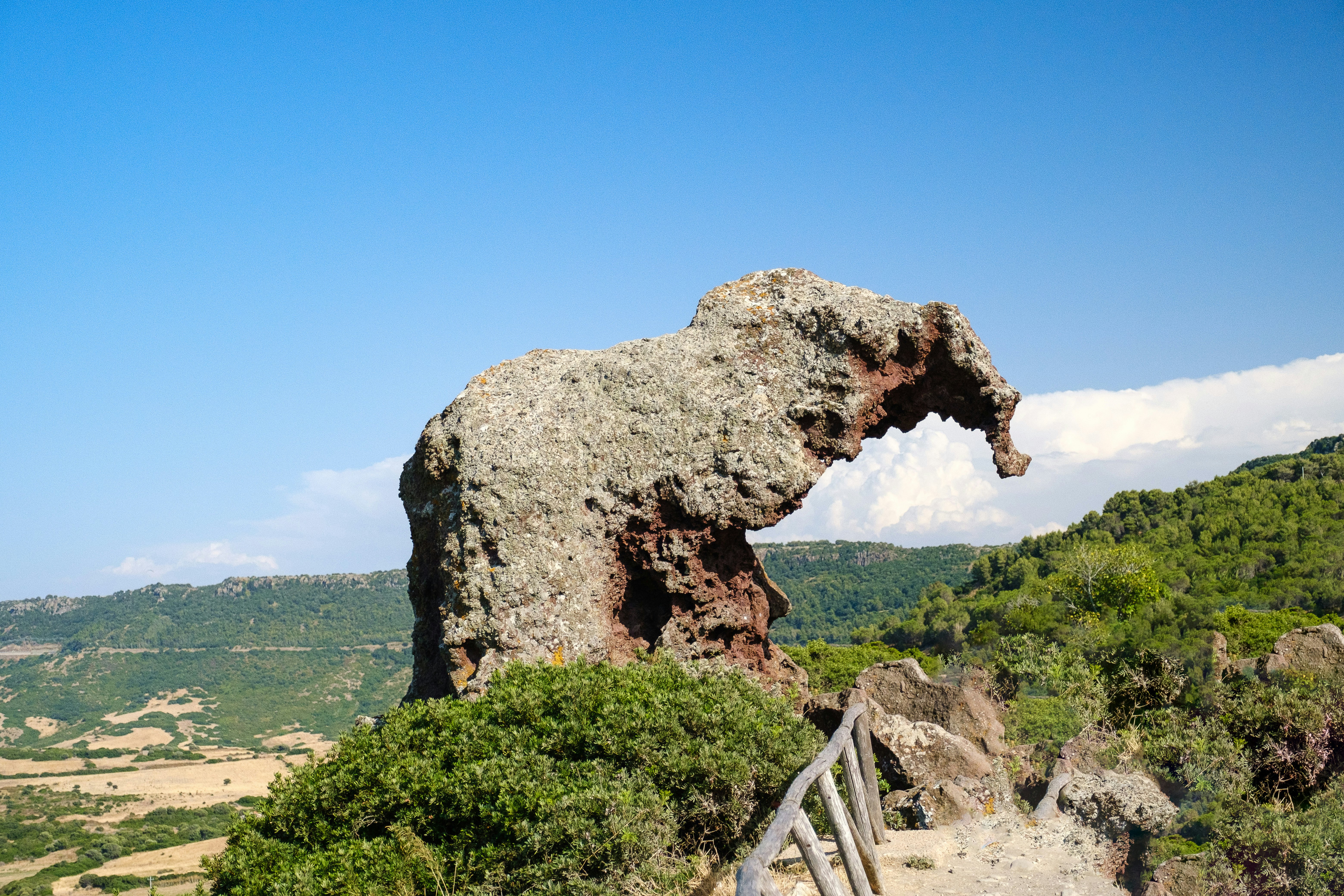
My favorite thing to do in Gallura, Sardinia
The coast is wondrous, but nothing says Gallura to me like the stories engraved in the rough-hewn granite of the region’s prehistoric sites, hidden away inland where it’s quiet enough to hear your own heartbeat. Arrive first thing in the morning or in the pink-purple of sunset and you’ll often have them all to yourself. If only for an instant, you can rewind time and totally forget the age in which we live.
My favorite is the distinctive Roccia dell’Elefante (Elephant Rock), near the hill town of Castelsardo. This 4m (13ft) elephant-shaped lump of granite conceals two domus de janas. These pre-Nuragic structures are 5000 years old and were considered portals to the next world: island legend has it that the tombs were once inhabited by loom-weaving fairies.
How much money do I need for Gallura?
If you go all out, with five-star hotels and tasting menus at posh sea-view restaurants, Gallura can be eye-wateringly expensive. But with a more sensible eye on budget, the region is roughly on a par with the rest of the Mediterranean. How much you spend is driven by when you go, where you stay and what you do.
The coast comes at a premium, and rates skyrocket during peak school holidays (around Easter and in July and August), when rooms are like gold dust and Italians descend on the island en masse. Sidestep the big-name resorts and head slightly back from the sea to find more peace and better deals, or pitch a tent at a campsite like La Liccia instead. Flight prices also nosedive during the shoulder seasons (spring and autumn).
If you want to save on expenses, grab breakfast at a pasticceria (bakery), find picnic fixings (cured meats, pecorino, fresh fruit) at local supermarkets and make lunch your main meal of the day – many restaurants offer inexpensive fixed-price menus. Not all sights charge entry, so there’s tons you can do for free.
Night in a double room at a budget hotel or B&B: from €60 (US$70)
Night in an agriturismo with breakfast: €150 (US$174)
Night in a double room at a luxury hotel: from €250 (US$300)
Takeaway pizza: €8–10 (US$9–11.50)
Fixed-price lunch: €15–25 (US$17.50–30)
Ferry ticket from Palau to La Maddalena: €9 ($10.50)
Car rental per day: from €40 (US$47)
Bike rental per day: from €20 (US$23)
Diving around La Maddalena: €85 (US$99)
Two front-row lounger chairs and a sun umbrella: €30 (US$35)
Historic site entry: €4 (US$5)
Cappuccino: €2–5 (US$2.30–$4.70)
Glass of Vermentino wine: €4–6 (US$4.70–7)
Dinner: €40–60 (US$47–70)
Cocktail: €12–20 (US$14–23)
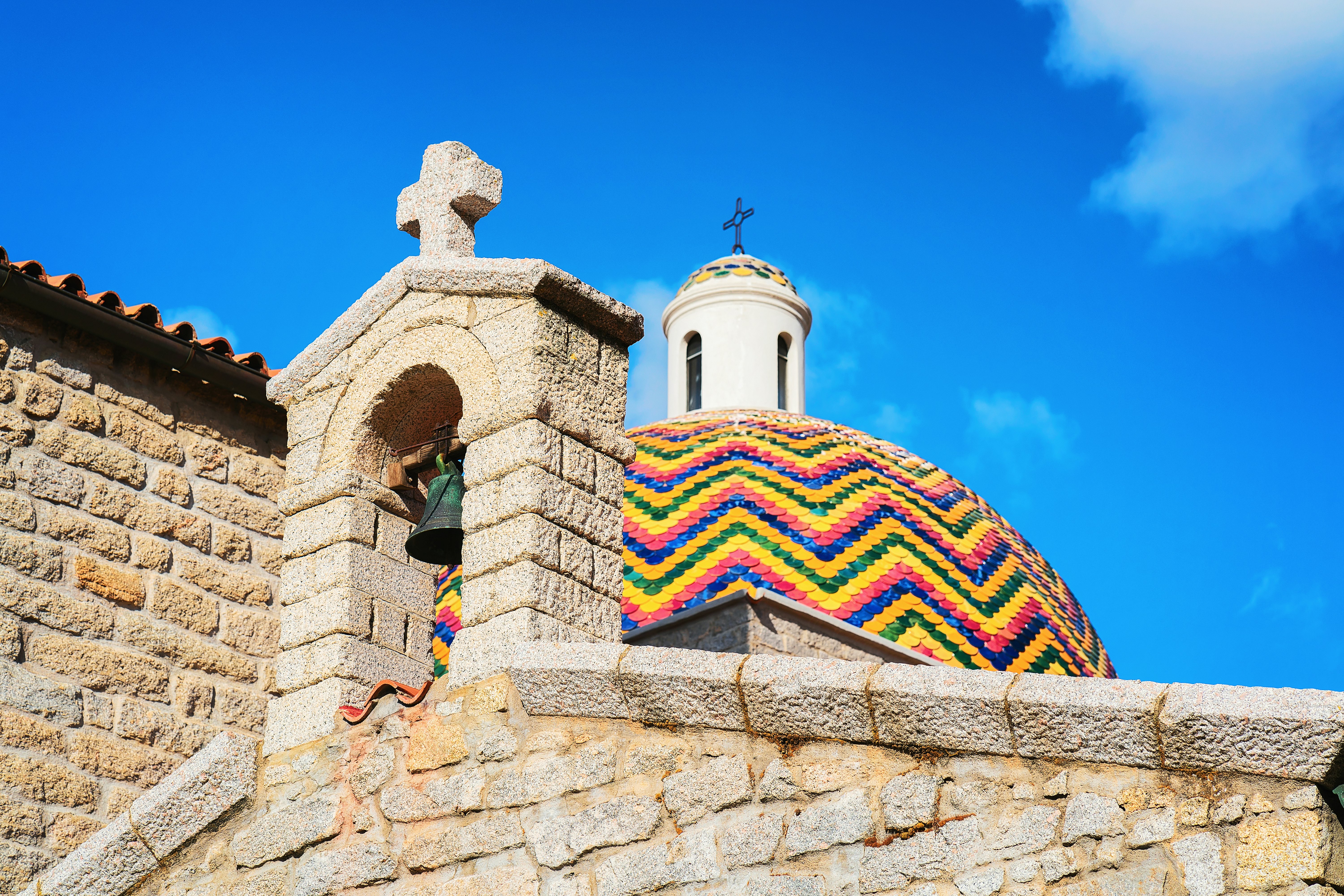
Are there any festivals around Gallura?
On May 15, Olbia pulls out all the festive stops for its patron saint, San Simplicio, with folk costume processions, riders on horseback, fireworks and giant pots bubbling with cozze (mussels).
Summer is party time at a flurry of open-air festivals. One event to bookmark is July’s Sagra del Pesce (Fish Fair) in Santa Teresa Gallura, with concerts, shows, DJs and fishy street food. August brings a huge folk festival's music, dancing, parades and fireworks to the time-lost granite town of Tempio Pausania in central Gallura, and Time in Jazz to the wine-growing town of Berchidda.










